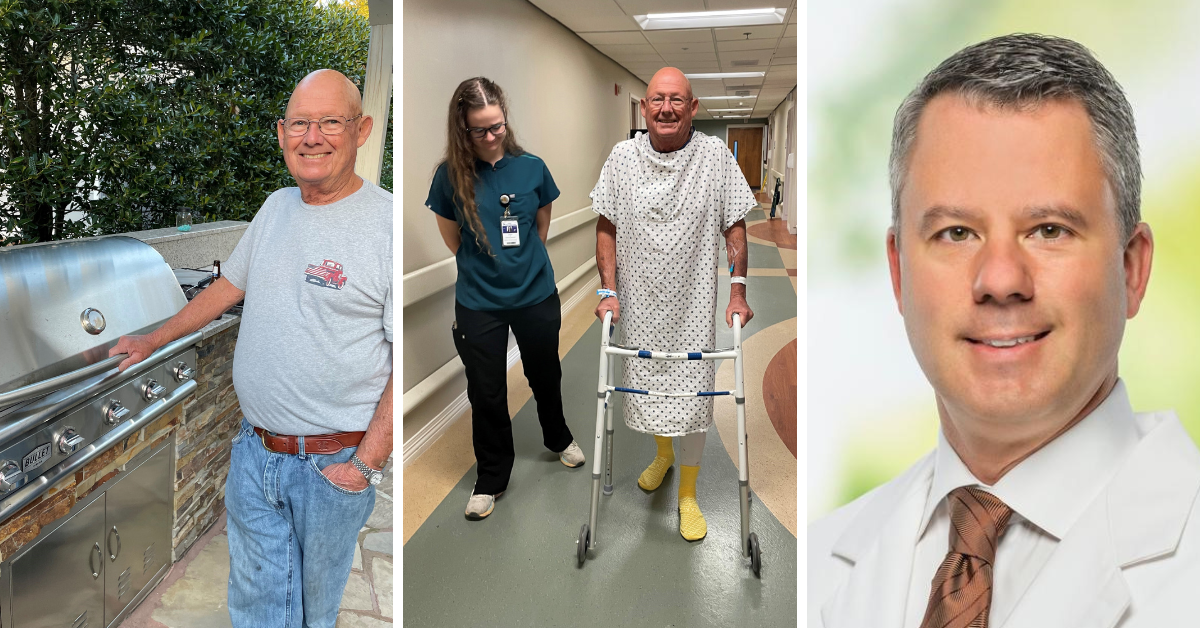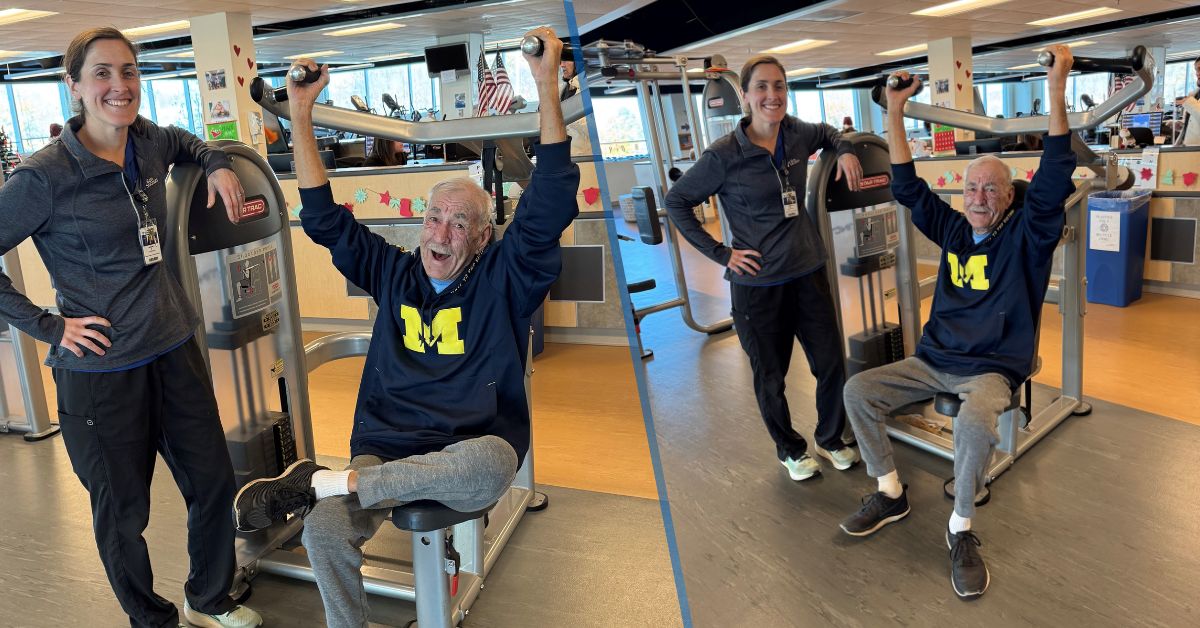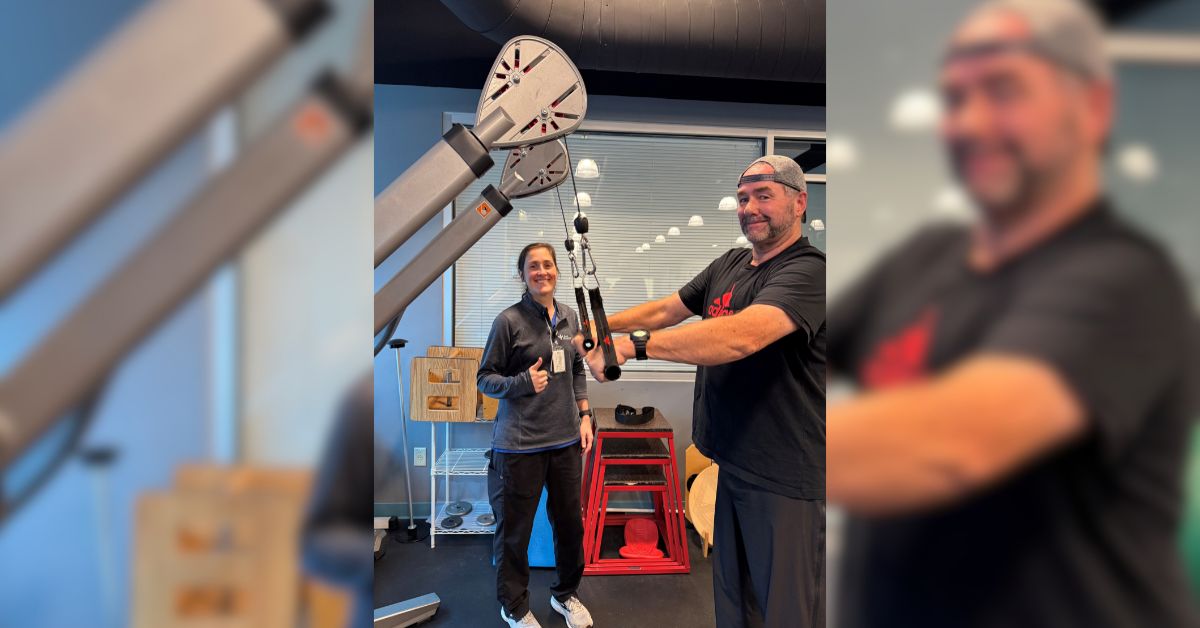According to the Centers for Disease Control and Prevention (CDC), sciatica is one of the more common types of pain people experience.
“Sciatica is typically an abnormal or inflammatory response to a nerve,” Kurt Kimmons, a physical therapist at Bon Secours St. Francis Therapy Center Sportsclub, explains. “And the sciatic nerve is one of the longest major nerves in our body that runs down the back of our leg.”
For people who have experienced sciatica, they describe it as a pain that starts within the sciatic nerve in the lower back. From there, the pain moves down through the center of the back of the affected leg.
“It can run a range of burning, aching pain down the back of your leg into the buttocks, down to the back of the foot area,” Kurt adds. “It can also be a range of symptoms, like numbness and tingling or pins and needles. If you’ve ever hit your funny bone or if you’ve ever sat on your feet for a while and your leg kind of goes to sleep, it sort of feels like that.”
Common causes for sciatica include when a herniated disc puts pressure on the sciatic nerve. Another is bone spurs on the spine. However, Kurt shares that anyone can get it.
“Mainly based on your postures, positions, how you sit, what kind of activities you do,” Kurt adds regarding certain risk factors for sciatica pain.
Also, those with arthritis tend to have a higher risk for sciatica.
“This degeneration and other issues with your lumbar spine or your lower back tend to create an inflammatory response in the area,” Kurt explains.
Luckily though, sciatica can, for the most part, be prevented.
“The main prevention mechanism that we want to think about is movement … blood flow creates a better healing environment,” Kurt says. “So, when we get blood flow and movement to spinal nerves, it can help it heal.”
Other types of prevention include quitting smoking and lifting heavy objects properly.
But if you have already been diagnosed with sciatica, fear not. It can be treated. Physical therapy can give you exercises to increase mobility, teach you how to stretch your body to prevent flare-ups and give you tips to improve your posture.
Your doctor can also help provide pain management options.
“I know you can get injections to help your inflammatory response,” Kurt shares. “Sometimes a combination of getting an injection, plus seeing a physical therapist, like me, will help for faster recovery of the nerve itself.”
He adds that there are several tests physical therapists can perform to diagnose sciatica.
“Please know that they are not invasive and simply require the patient to do specific movements to evaluate the range of motion and check for any radiating pain.”
So, when sciatica occurs, make sure you see a health care professional to get the help you need.
Learn more about sciatica as well as the other spine care services we provide at Bon Secours.





